Signs & Symptoms
What to look out for
In the early stages of ARMD, there are no symptoms. Small changes to the retina can be seen by an optometrist, which is why it is important for anyone over 60 to have regular eye tests.
In the intermediate stages of ARMD, you will notice changes in vision. Typical changes include:
• Having difficulty reading, with text blurring in the centre.
• ‘Wavy’ vision, with distorted lines.
• General deterioration in vision, including colours becoming less bright.
• Sensitivity to bright light or trouble adapting when moving between darker and lighter environments.
• Gaps in your vision.
In dry ARMD, these changes may come about gradually, usually over a period of many years.
In wet ARMD, they can come on suddenly and need urgent treatment.
Wet ARMD usually begins as dry ARMD, so people with dry ARMD are advised to seek immediate medical advice if they experience a sudden worsening of vision, or if they develop distortion.
“The clinic where we care about you as well as for you.”
We Have What You Need
Expertise
Highly experienced consultant ophthalmologist specialising in medical retina.
PERSONAL CARE
The same doctor every time for continuity of care and a good patient doctor relationship.
CLOSE MONITORING
Monthly reviews and regular OCT scanning for early identification of disease progression.
THE LATEST TREATMENTS
Access to new treatments currently in development as soon as they are available.
